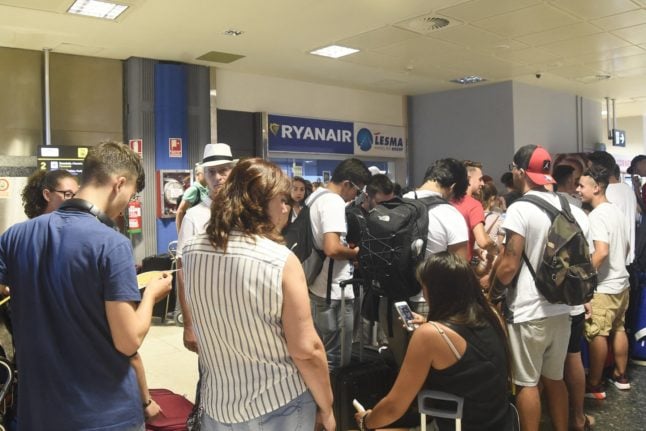The incident occurred at around 18:45pm on Sunday in the terminal departure gate. According to sources Aena, the body that runs Spain’s airport network, the four passengers suffered minor injuries and were treated by airport staff.
🔴ÚLTIMA HORA:
Se desprende parte del techo del Aeropuerto de Manises (Valencia). pic.twitter.com/tdSa8KqwVw
— Joaquín Salcedo (@urkom6_jsf) June 17, 2024
“I heard a thunderous noise and then I noticed how several debris hit my head, my arms…. We were very lucky. The worst thing is the fear and the psychological impact,” said one of the four injured.
Aena sources added that the four injured passengers also inhaled dust after the accident, but were all able to continue their respective journeys after receiving medical assistance.
Shortly before the roof collapsed, a Guardia Civil officer warned one of the passengers to stand back. “He told me to stand further back, as he could see that the ceiling was affected. I didn’t think much of it,” they said.
Shortly thereafter, a wooden structure and part of the ceiling collapsed and debris fell on the four people. Three of them were seated while waiting for their flight and one was standing. “I’d gotten up to buy a bottle of water and the ceiling fell just as I was about to sit down again,” said another injured traveller.
The victims suffered contusions to the head, arms and other parts of the body. “Large chunks of ceiling, wood and light bulbs fell. One of the debris broke when it hit my sister in the head,” she added.
Aena has opened an investigation into the incident.
READ ALSO: Valencia and Alicante airports ‘on brink of collapse’ ahead of busy summer




 Please whitelist us to continue reading.
Please whitelist us to continue reading.
Member comments